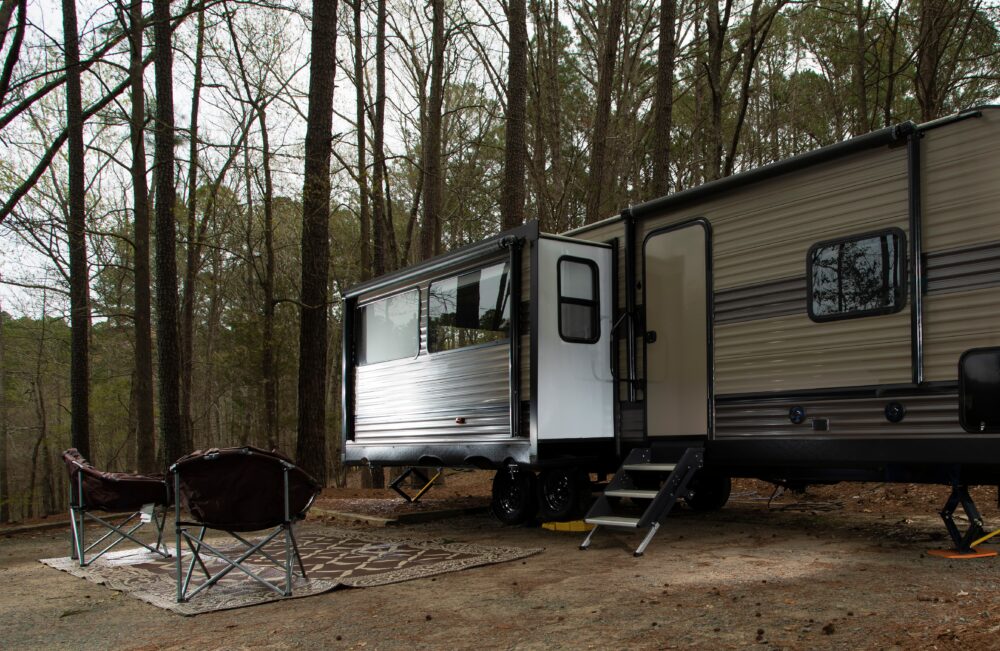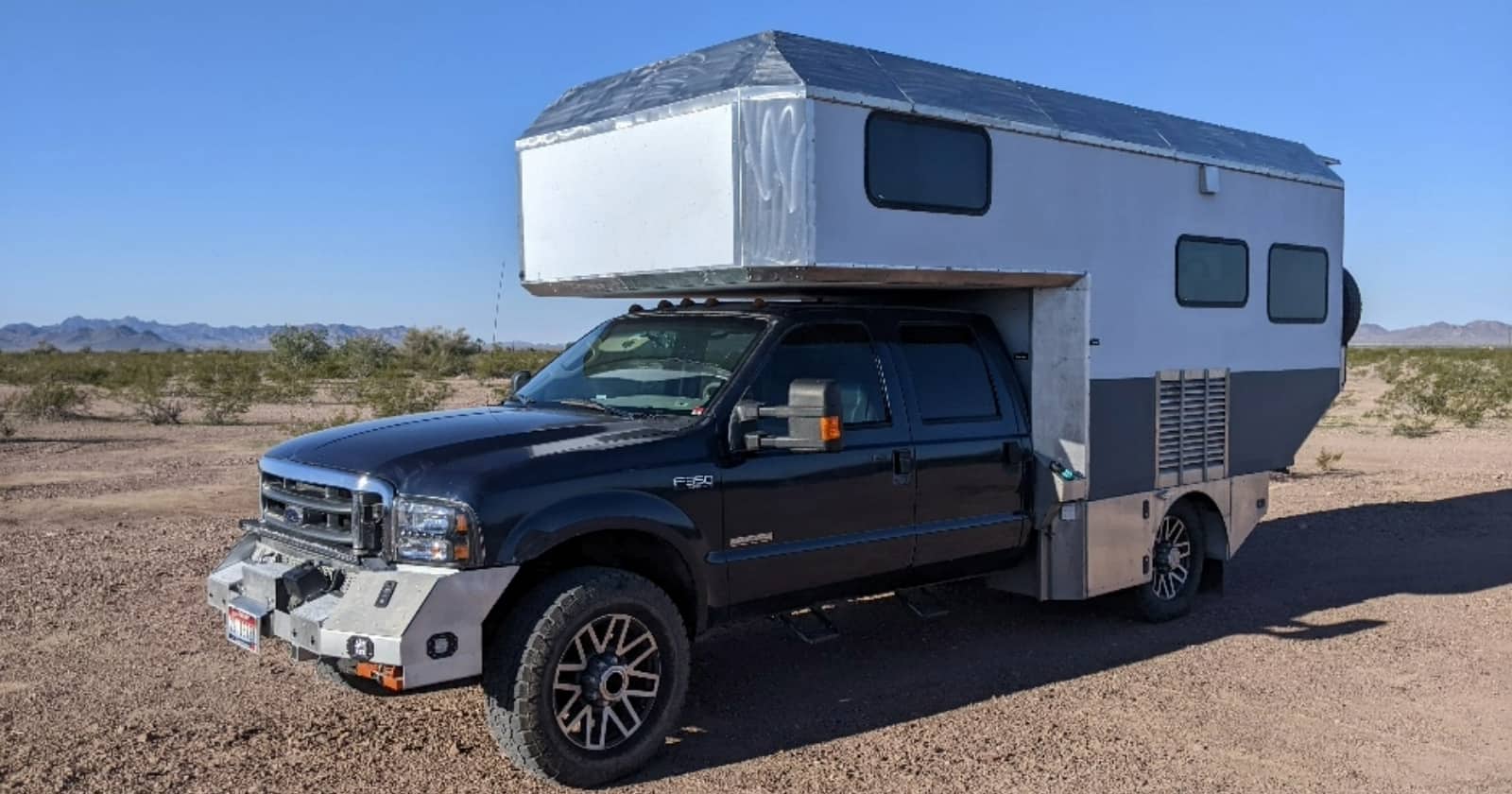
How To Seal RV Gaps & Keep Out Cold Air
RVing is a great way to explore the world, but when fall and winter roll around, the inside of your RV can quickly turn into an icebox if you’re not prepared. One of the main culprits of cold air infiltrating your RV is gaps or holes that allow the external cold to compromise your cozy interior.
Professional services can certainly help, but for those with a knack for DIY, there are ways to effectively seal these gaps and keep the cold air at bay. In this comprehensive guide, we’ll walk you through easy DIY projects to seal RV gaps and keep out cold air.
Identifying problem areas
Before you start any DIY project, it’s crucial to identify the areas where cold air is entering your RV. Pay attention to:
- Windows and doors
- Vents and exhaust fans
- Cable and plumbing penetrations
- Slides and skylights
Once you’ve identified the potential problem areas, you can then focus on specific solutions for each.
Types of materials you’ll need
To get started, you’ll need a range of materials. Some commonly used materials for sealing RV gaps include:
- Weatherstripping
- Caulk or silicone sealant
- Foam tape
- Insulation boards
- Rubber gaskets
- Door sweeps
These materials are typically available at hardware stores or can be ordered online.
Project 1: Weatherstripping for windows and doors
Steps:
- Measure the dimensions of your doors and windows.
- Choose a weatherstripping material like adhesive-backed V-strip or door seals.
- Clean the area where the weatherstripping will be applied.
- Cut the weatherstripping to size and adhere it to the edges of the doors and windows.
Tips:
- Ensure the surface is dry before applying.
- Press firmly to ensure good adhesion.
Project 2: Caulking Gaps and Cracks
Steps:
- Identify the gaps around the windows, doors, or wall penetrations.
- Clean the area thoroughly and let it dry.
- Use a caulking gun to apply the caulk or silicone sealant, smoothing it out with a spatula.
Tips:
- Opt for a paintable caulk if you wish to paint over it.
- Always wear gloves while handling sealants.
Project 3: Foam tape for vents and exhaust fans
Steps:
- Measure the dimensions of the vents and fans.
- Cut foam tape to the required size.
- Peel off the backing and stick the foam tape around the perimeter of the vent or fan.
Tips:
- Double layers may be used for additional insulation.
- Choose high-density foam for better insulation.
Project 4: Rubber gaskets for cable & plumbing penetrations
Steps:
- Identify where cables or plumbing enter or exit the RV.
- Measure the diameter and purchase the appropriate rubber gasket size.
- Fit the rubber gasket snugly around the penetration point.
Tips:
- Ensure the rubber is weather-resistant.
- Double-check for a snug fit to prevent air gaps.
Project 5: Insulating slides & skylights
Steps:
- Measure the size of your slides and skylights.
- Cut insulation boards to fit these dimensions.
- Attach the insulation boards using suitable adhesive.
Tips:
- Opt for boards with a higher R-value for better insulation.
- Make sure the insulation boards are securely attached.
Project 6: Install/upgrade Door Sweeps
Steps:
- Measure the width of your RV door.
- Purchase or cut a door sweep to match the width.
- Attach the door sweep at the bottom of the door using screws or adhesive.
Tips:
- Ensure the sweep is flush against the floor for maximum effectiveness.
- Check that the door can still close properly after installation.
Maintenance and Upkeep
Like any part of your RV, your DIY projects will require some level of maintenance. Regularly inspect all sealed areas and replace materials as they wear down. Over time, weatherstripping may lose its elasticity, and caulk may crack, so regular checks will help you stay ahead of the game.
Make sure you keep track of all your RV maintenance and repairs with an online tool such as RV LIFE Maintenance. Not only can you keep all of your documents in one place, but you’ll also receive timely reminders when maintenance is due to help you avoid costly repairs and potentially serious accidents.
Conclusion
Sealing gaps and cracks in your RV not only keeps out cold air but also improves energy efficiency, which can be particularly helpful if you’re trying to reduce energy consumption while boondocking. With a bit of effort, the right materials, and a weekend to spare, these easy DIY projects can make your RV winter-ready and much more comfortable. These are not just one-off fixes but valuable skills that will serve you for years to come as you continue to explore the world in your cozy, well-sealed RV.




Great ideas